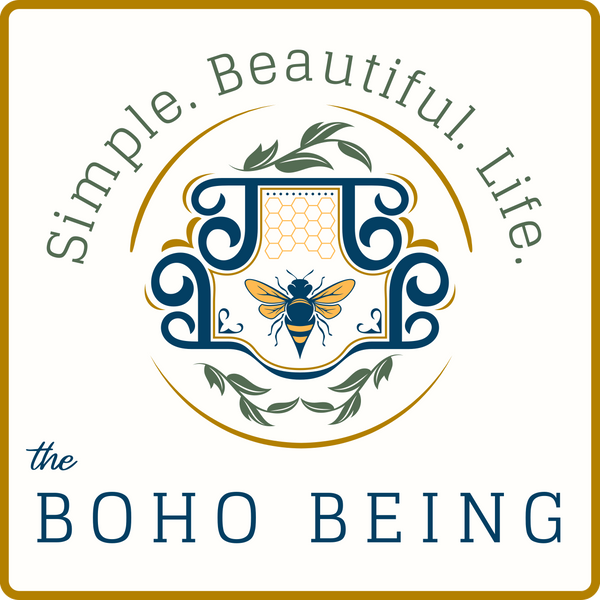Calendula has high amounts of flavonoids, plant-based antioxidants that protect cells from being damaged by unstable molecules called free radicals. Calendula appears to fight inflammation, viruses, and bacteria.
Traditionally, calendula has been used to treat stomach upset and ulcers, as well as relieve menstrual cramps, but there is no scientific evidence that calendula works for these problems. Today, calendula is often used topically, meaning it is applied to the skin.
Calendula has been shown to help wounds heal faster, possibly by increasing blood flow and oxygen to the affected area, which helps the body grow new tissue. It is also used to improve skin hydration and firmness. The dried petals of the calendula plant are used in tinctures, ointments, and washes to treat burns, bruises, and cuts, as well as the minor infections they cause. Calendula also has been shown to help prevent dermatitis or skin inflammation in people with breast cancer during radiation therapy.
Calendula tinctures, ointments, and washes are often applied to the skin to help burns, bruises, and cuts heal faster, and to fight the minor infections they cause. Calendula cream is also used to treat hemorrhoids.
Calendula is generally considered safe to use on your skin. DO NOT apply it to an open wound without a doctor's supervision. People who are allergic to plants in the daisy or aster family, including chrysanthemums and ragweed, may also have an allergic reaction to calendula (usually a skin rash).
Pregnant and breastfeeding women should not use calendula. In theory, calendula could interfere with conception, and possibly cause miscarriage, so couples trying to get pregnant should not use calendula.
Source: https://www.stlukes-stl.com/health-content/medicine/33/000228.htm
FDA Statement: Not intended to diagnose, prevent, treat or cure through the sale of this herb. Use at your own risk. The information provided is for informational purposes only and is not intended to take the place of consultation with your physician.
Supporting Research
Akhtar N, Zaman SU, Khan BA, Amir MN, Ebrahimzadeh MA. Calendula extract: effects on mechanical parameters of human skin. Acta Pol Pharm . 2011;68(5):693-701.
Alnuqaydan AM, Lenehan CE, Hughes RR, Sanderson BJ. Extracts from Calendula officinalis offer in vitro protection agains H2O2 induced oxidative stress cell killing of human skin cells. Phytother Res . 2015;29(1):120-4.
Barajas-Farias LM et al. A dual and opposite effect of Calendula officinalis flower extract: chemoprotector and promoter in rat hepatocarcinogenesis model. PLanta Med . 2006;72(3):217-21.
Basch E, Bent S, Foppa I, et al. Marigold ( Calendula officinalis ):An evidence-based systematic review by the Natural Standard Research Collaboration. J Herb Pharmacother . 2006;6(3-4):135-59.
Duran V, Matic M, Jovanovc M, et al. Results of the clinical examination of an ointment with marigold ( Calendula officinalis ) extract in the treatment of venous leg ulcers. Int J Tissue React . 2005;27(3):101-6.
Fronza M, Heinzmann B, Hamburger M, Laufer S, Merfort I. Determination of the wound healing effect of Calendula extracts using the scratch assay with 3T3 fibroblasts. J Ethnopharmacol . 2009 Dec 10;126(3):463-7.
Hematology/Oncology Clinics of North America. Dietary supplement use in cancer care: Help or harm. Hematology/Oncology Clinics of North America . 2008;22(4).
Jimenez-Medina E, Garcia-Lora A, Paco L, Algarra I, Collado A, Garrido F. A new extract of the plant Calendula officinalis produces a dual in vitro effect: cytotoxic anti-tumor activity and lymphocyte activation. BMC Cancer . 2006;6:119.
Kassab S, Cummings M, Berkovitz S, van Haselen R, Fisher P. Homeopathic medicines for adverse effects of cancer treatments. Cochrane Database Syst Rev . 2009 Apr 15;(2):CD004845. Review.
McQuestion M. Evidence-based skin care management in radiation therapy: clinical update. Semin Oncol Nurs . 2011;27(2):e1-17.
Panahi Y, Sharif MR, Sharif A, et al. A randomized comparative trial on the therapeutic efficacy of topical aloe vera and Calendula officinalis on diaper dermatitis in children. Scientific World Journal . 2012;2012:810234.
Pommier P, Gomez F, Sunyach MP, D'Hombres A, Carrie C, Montbarbon X. Phase III randomized trial of Calendula officinalis compared with trolamine for the prevention of acute dermatitis during irradiation for breast cancer. J Clin Oncol . 2004 Apr 15;22(8):1447-53.
Saini P, Al-Shibani N, Sun J, et al. Effects of Calendula officinalis on human gingival fibroblasts. Homeopathy . 2012;101(2):92-8.
Sarrell EM, Cohen HA, Kahan E. Naturopathic treatment for ear pain in children. Pediatrics . 2003 May;111(5 Pt 1):e574-9.
Sarrell EM, Mandelberg A, Cohen HA. Efficacy of naturopathic extracts in the management of ear pain associated with acute otitis media. Arch Pediatr Adolesc Med . 2001;155(7):796-799.
Sharp L, Finnila K, Hohansson H, Abrahamsson M, Hatschek T, Bergenmar M. No differences between Calendula cream and aqueous cream in the prevention of acute radiation skin reactions--results from a randomised blinded trial. Eur J Oncol Nurs . 2013; 17(4):429-35.
Ullman D. The Consumer's Guide to Homeopathy . New York, NY: Penguin Putnam; 1995:254-255;334.
